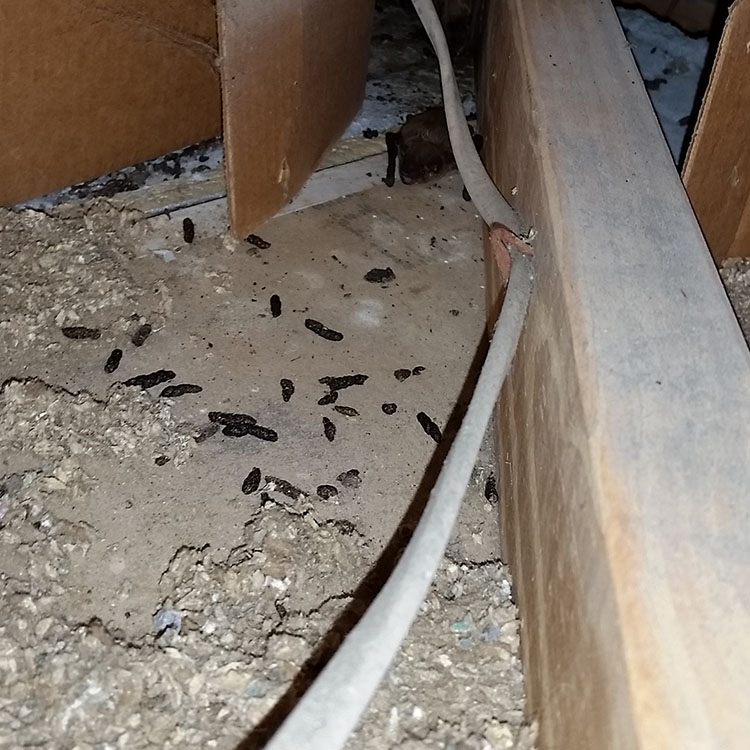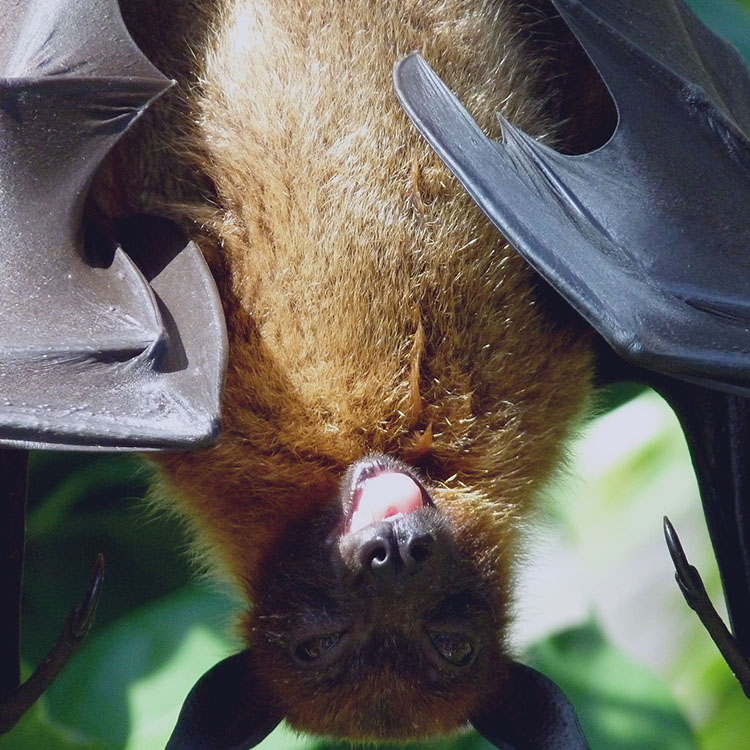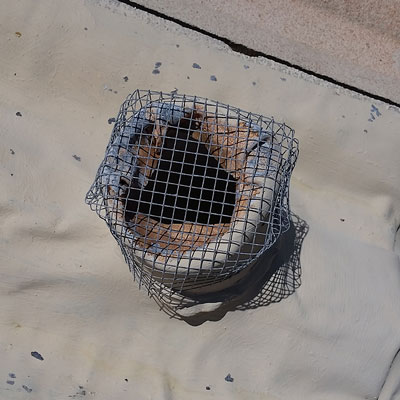How to Get rid of Bats in the Attic
You’ve probably seen more than one horror movie where someone walks into a creepy old house and bats fly everywhere, right? Bats have been associated with the dark and macabre for ages now, since Dracula was first depicted as having the ability to turn into a bat. While these mammals do reside in dark and creepy places – abandoned buildings, church belfry’s, caves, and attics – they are very rarely aggressive.

There are over 1000 different species of bats found all over the world. In fact, they are the only mammal capable of flying! While you may have gotten in your head that bats are evil blood-sucking vampires, this is hardly the case, unless you’re talking about the Vampire Bat that is. Bats often thrive from eating insects, meaning that if you have bats around, you probably don’t have too bad of a bug problem. If you’re a fan of tequila (YES) then you have bats to thank as they are well known for helping to pollinate the agave plant! With so many different species of bats, how are you supposed to know which bats you might be seeing? Well, depending on what area you are in can affect which kind of bat you are working with. There are about 40 species that are commonly found in the US, which is significantly less than 1000. The two most common species found are the Mexican Free Tailed Bat and the Virginia Big Eared Bat.

Bats do not often travel alone, they form colonies, which can grow into the thousands! In fact, if you are in Austin, there is a roost of Mexican Free Tailed bats under the Congress Ave Bridge that reaches over a million bats! It is not common to find only one bat in your home, unless he got lost and separated from a group.
Once you have established that you have a bat colony, going about removing them can be a tricky process. You cannot remove colonies during the months that the babies are flightless, the babies would get trapped in the attic and pass away. However, after the babies are grown enough to fly on their own you can seal your home so that this is never an issue again.
The first step is to identify their main entry and exit points, these are the accesses that the roost is using primarily. All other access points can be sealed without worrying about disturbing the bats. Once you have identified the main access point you want to install a “one-way valve”, this valve does not harm the bats in any way and its sole purpose is to make sure they can get out safely but not enter again. Many times, this valve will have a plastic bag or slippery type of material on the end of it so that the bats claws cannot get a good grip to pull themselves back inside. The purpose of the one way is to deter them from entering again, and to find a new place to roost. Many times, once they realize they cannot get into your attic anymore they will simply try to go to the next house that they can.

The exclusion process for bats can take a very long time, especially if you have a barrel tile roof. Bats are well known for being able to fit into tiny holes so it is important that you go over the house many different times to make sure everything is sealed up properly. Once you are positive that every bat has left the attic and there are no more left, you can remove the one-way valve and seal the main entry points as well. Often times, for exclusion work, you need a wire material and caulk to ensure that they will not be able to get back in.
The sanitation is the last step to take in the process and is also probably the most disgusting. You will need thick gloves and even a respirator when removing guano from the attic space. You must dispose of the guano immediately to prevent any kind of health hazards. You will also want to go over the area with a disinfectant, often something that will break down enzymes. It helps to get rid of the smell a little bit faster and doubles up on killing any possible bacteria in the area that could put you at risk.